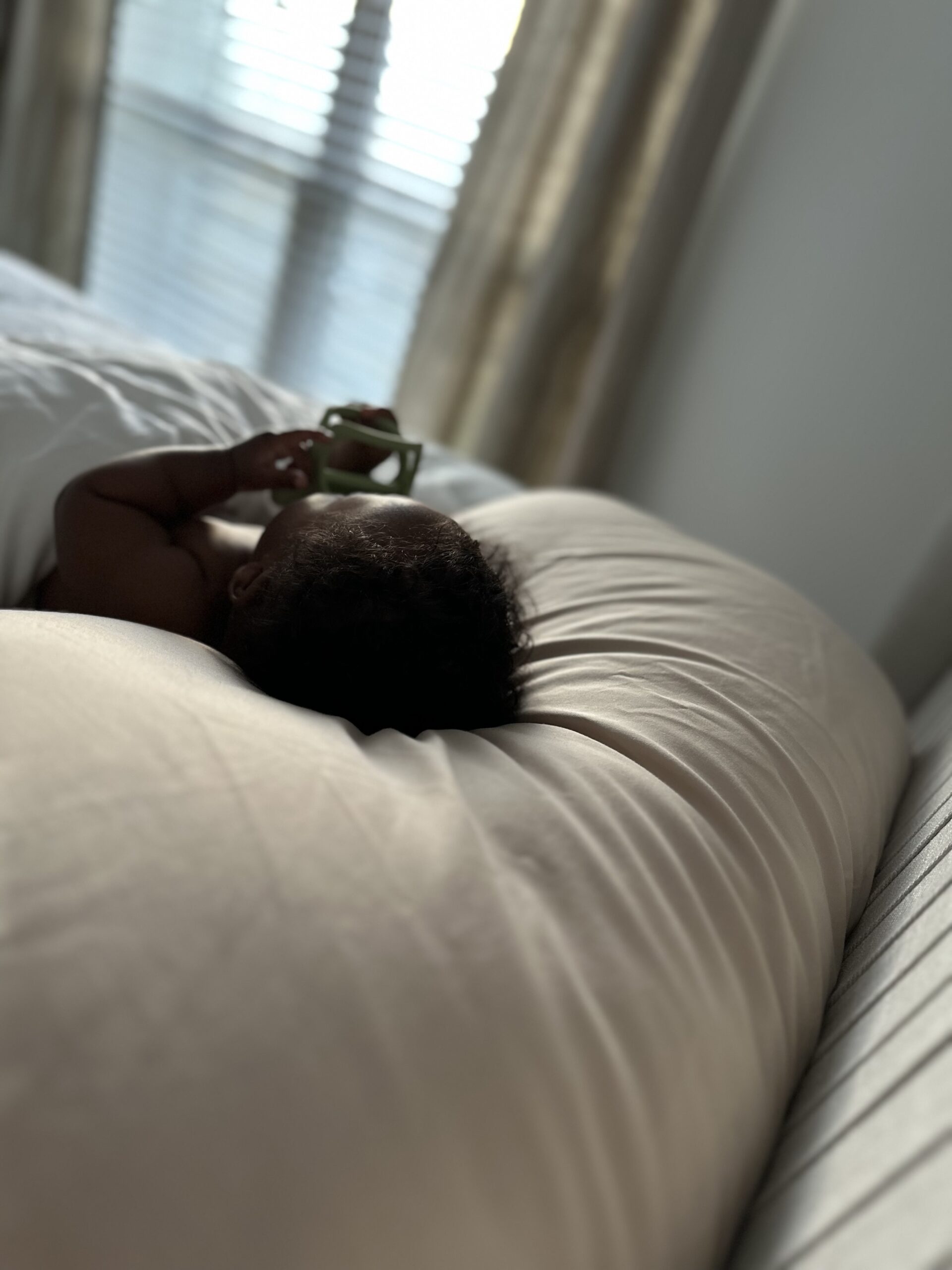When choosing the perfect linen for your bedding, several factors should be considered to ensure you select the right material, feel, and durability. Here’s a guide to help you make the best choice:
1. Consider Fabric Types
- Linen: Known for its breathability and moisture-wicking properties, linen is perfect for hot sleepers and warm climates. It feels soft but can be a bit crisp at first. Linen gets softer with each wash and adds a relaxed, textured look to your bed.
- Cotton: A popular choice due to its softness, durability, and versatility. Cotton sheets come in various forms like Egyptian, Pima, and organic cotton. Egyptian cotton is luxurious and long-lasting, while Pima is softer. Choose organic cotton for an eco-friendly option.
- Percale vs. Sateen: Percale is crisp, cool, and breathable, while sateen feels silkier and has a more lustrous finish. Percale sheets are ideal for those who prefer a cooler, crisp feeling, while sateen is better for those who enjoy a smoother, softer texture.
2. Thread Count
Thread count refers to the number of threads woven into one square inch of fabric. Higher thread counts are typically softer and denser. However, a very high thread count (above 800) may not always mean better quality; it can sometimes make the sheets less breathable. Aim for:
- 200-400 thread count for a balance of softness and breathability.
- 400-600 for more luxurious, durable sheets.
3. Weave
The weave affects the texture and feel of the linen:
- Percale: Crisp, breathable, and cool, making it great for summer or warm climates.
- Sateen: Silky, smooth, and a bit warmer, ideal for colder climates or those who enjoy a luxe feel.
- Linen: Loose weave, natural texture, and a breathable, relaxed feel. It can be wrinkle-prone but is great for a lived-in look.
4. Climate and Season
- Warm Climates: Opt for breathable fabrics like linen or lightweight cotton. Linen is especially great in hot weather due to its cooling properties.
- Cooler Climates: Choose heavier cotton or sateen sheets that are soft and retain warmth better. Sateen’s smooth texture also feels cozy and luxurious during colder months.
5. Feel and Softness
- Linen can feel slightly rough or stiff at first but softens over time. Its texture is casual, ideal for a laid-back aesthetic.
- Cotton is usually soft from the start and gets softer with washes. Egyptian cotton is especially known for its silky texture and luxurious feel.
6. Durability and Maintenance
- Linen: Durable and ages beautifully. It’s easy to care for but may wrinkle easily, which some people love for its natural look.
- Cotton: Durable and easy to care for, with less wrinkling compared to linen. Higher-quality cotton (like Egyptian or Pima) lasts longer.
- Sateen: Can be more prone to wear and tear, especially with heavy washing, but its finish tends to be more resistant to wrinkles than percale.
7. Color and Aesthetic
Choose a color that complements your room’s overall design. Lighter shades like white, cream, or soft pastels give a fresh, airy vibe, while deeper shades such as navy or charcoal create a more cozy, sophisticated atmosphere.
8. Budget
- Linen tends to be more expensive than cotton, especially if you opt for high-quality linen or luxury brands.
- If you’re on a budget, consider cotton or blends with a lower thread count but still high quality.
- Linen may also be an investment due to its durability and timeless look, so it can be worth the higher price.
9. Allergy Considerations
If you have sensitive skin or allergies, look for organic cotton or hypoallergenic fabrics. Linen and cotton are naturally less likely to irritate skin compared to synthetic materials.
10. Sustainability
- Linen: Linen is made from the flax plant, which requires fewer pesticides and less water compared to cotton. It’s a more sustainable option.
- Organic Cotton: If you’re concerned about environmental impact, organic cotton is a great choice, as it’s grown without pesticides or synthetic fertilizers.
Final Thoughts:
- For a cool, breathable feel: Choose linen or percale cotton.
- For softness and luxury: Opt for sateen or high-thread-count cotton.
- For sustainability: Go with linen or organic cotton.
Choose a set that matches your climate, desired aesthetic, and care preferences. Happy bedding shopping!
The post Transform Your Sleep: Discover The Ultimate Bedding Upgrade appeared first on Talking With Tami.
from Talking With Tami https://ift.tt/BOUZ1vF




0 Comments